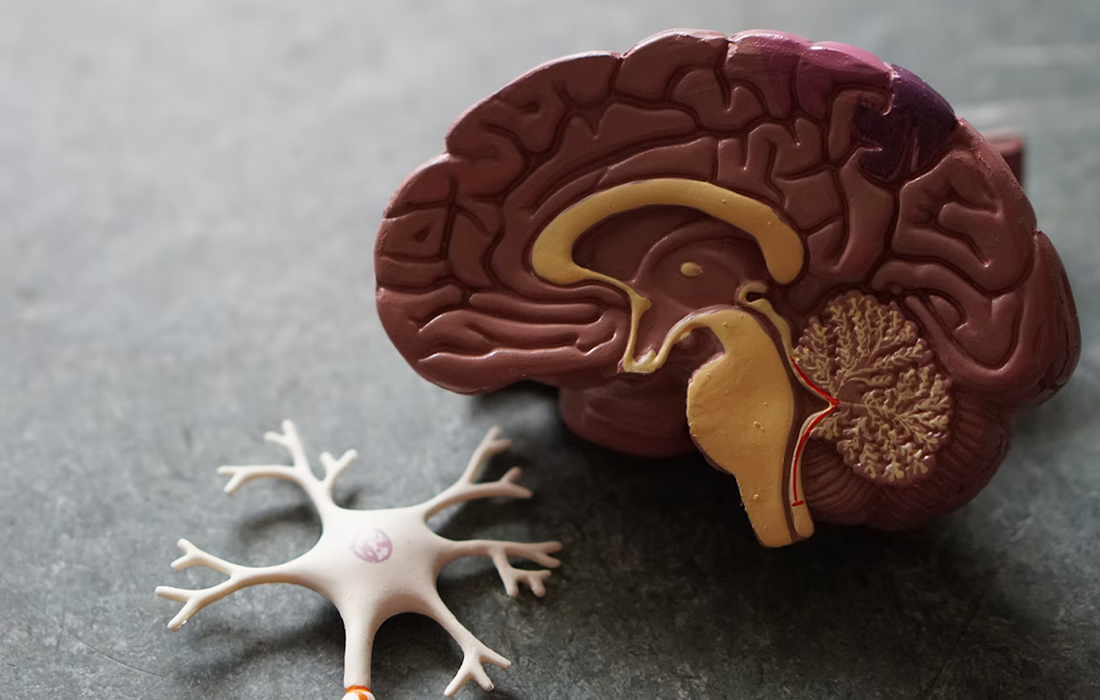Stem Cell Therapy for Specific Conditions
Umbilical Cord-derived MSCs on Nerve Repair and Regeneration
Only some organs have intrinsic repair and regenerative capacity in the human body, and different organs often show different rates of repair and regeneration, such as the peripheral nervous system.
Sciatic nerve injury is a common peripheral neuropathy usually caused by trauma, indicating the loss of motor and sensory functions. Patients suffering from such injury could experience symptoms, such as pain, muscle weakness, motor disturbance, and even long-term disability.
The ability of nerves to regenerate and repair is limited, and their functional recovery is poor. The slow rate of sciatic nerve regeneration could result in permanent damage to the structure and function of its associated organs.
Nerve Scaffold with Umbilical Cord MSCs
The use of acellular nerve allografts has been used successfully and with increasing frequency to reconstruct nerve injuries. In the process of nerve defect repair, seed cells can promote the regeneration of myelinated nerve fibers and axons and can secrete a large number of cell growth factors to improve the microenvironment of nerve repair.
Allogenic acellular nerve scaffold (ANS) has advantages over other nerve substitutes and can serve as an effective regenerative material that can preserve the structure of nerves.
In a recently published study, researchers evaluated new methods for the treatment of sciatic nerve defects using a rat model.
For the study, the team used an acellular nerve scaffold containing human umbilical cord-derived mesenchymal stem cells (hUC-MSCs).
Sciatic nerve trunks were removed from 6 female rats. ANS was prepared and divided into 5 groups according to different treatment times. The performance of ANS was evaluated by mechanical detection and hydroxyproline content (which reflects vascular stromal cell composition).
The team found that their method can effectively remove cells and myelin, and maintain the integrity and mechanical properties of nerve fibers. Also, they found that the combination of hUC-MSCs with ANS promoted repair and regeneration of the sciatic nerve.
Source:
Qian C, Zhang Z, Zhao R, Wang D, Li H. Effect of acellular nerve scaffold containing human umbilical cord-derived mesenchymal stem cells on nerve repair and regeneration in rats with sciatic nerve defect. Ann Transl Med. 2022 Apr;10(8):483. doi: 10.21037/atm-22-1578. PMID: 35571424; PMCID: PMC9096419.
Image from:
Photo by Robina Weermeijer on Unsplash

